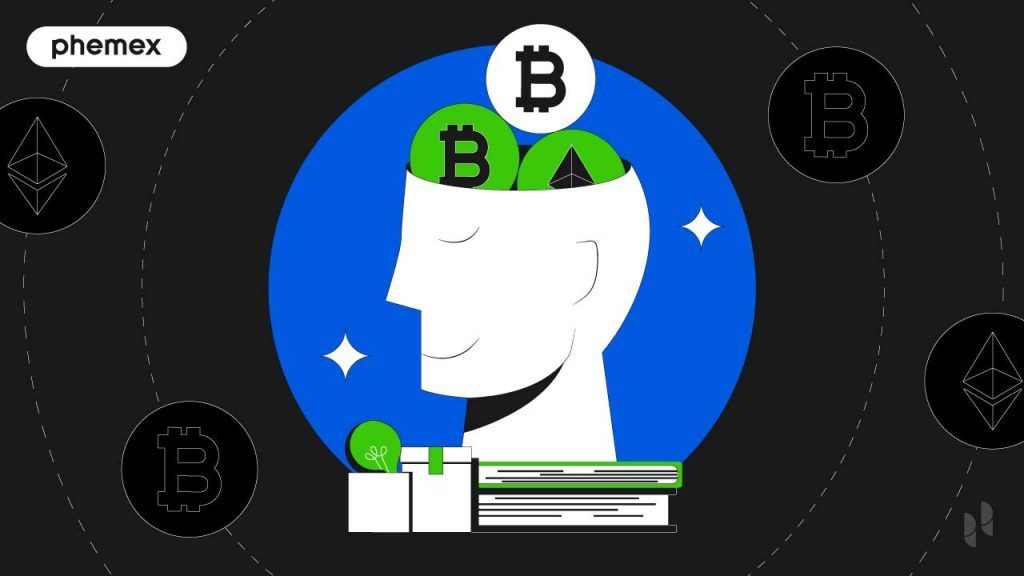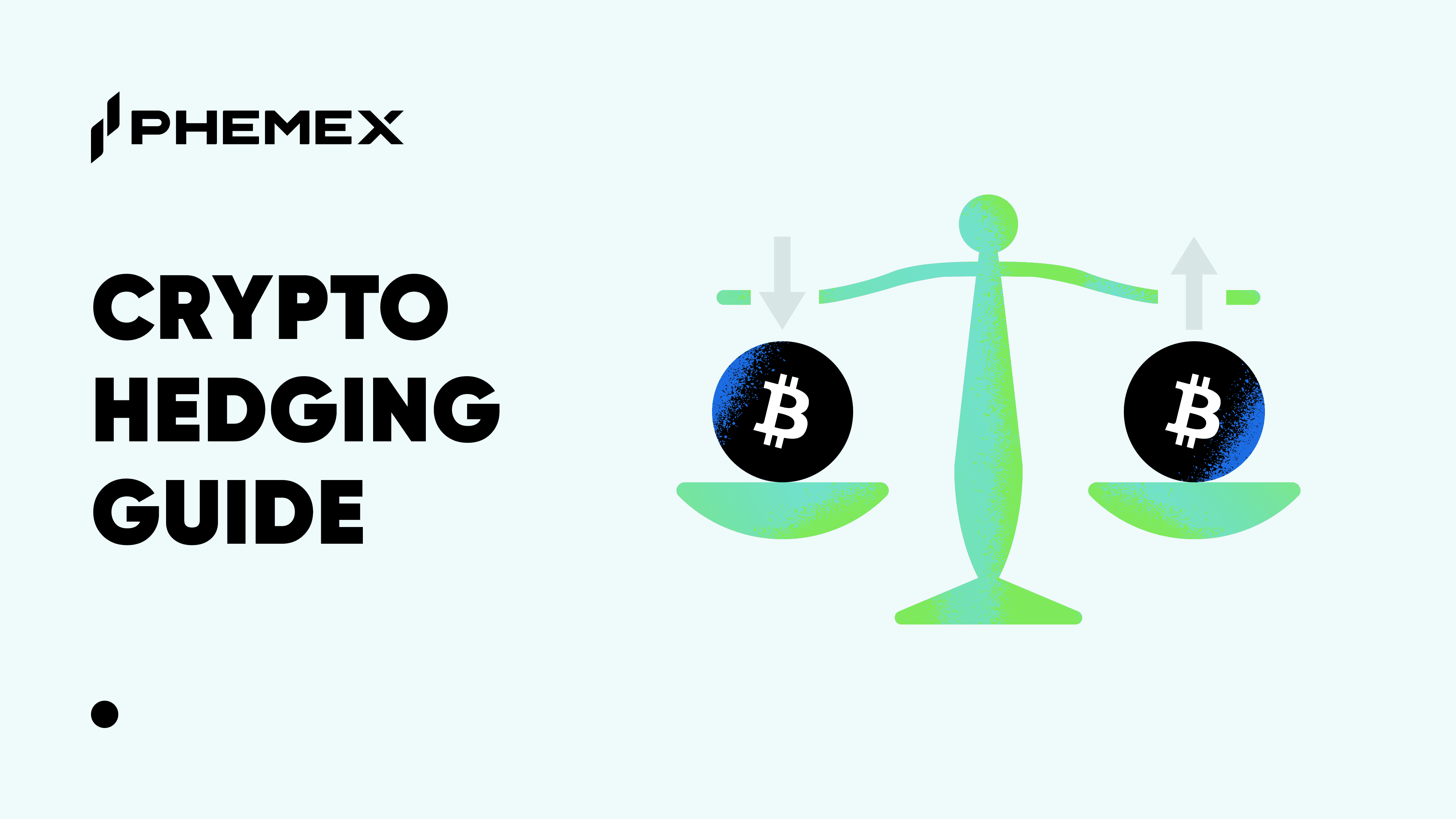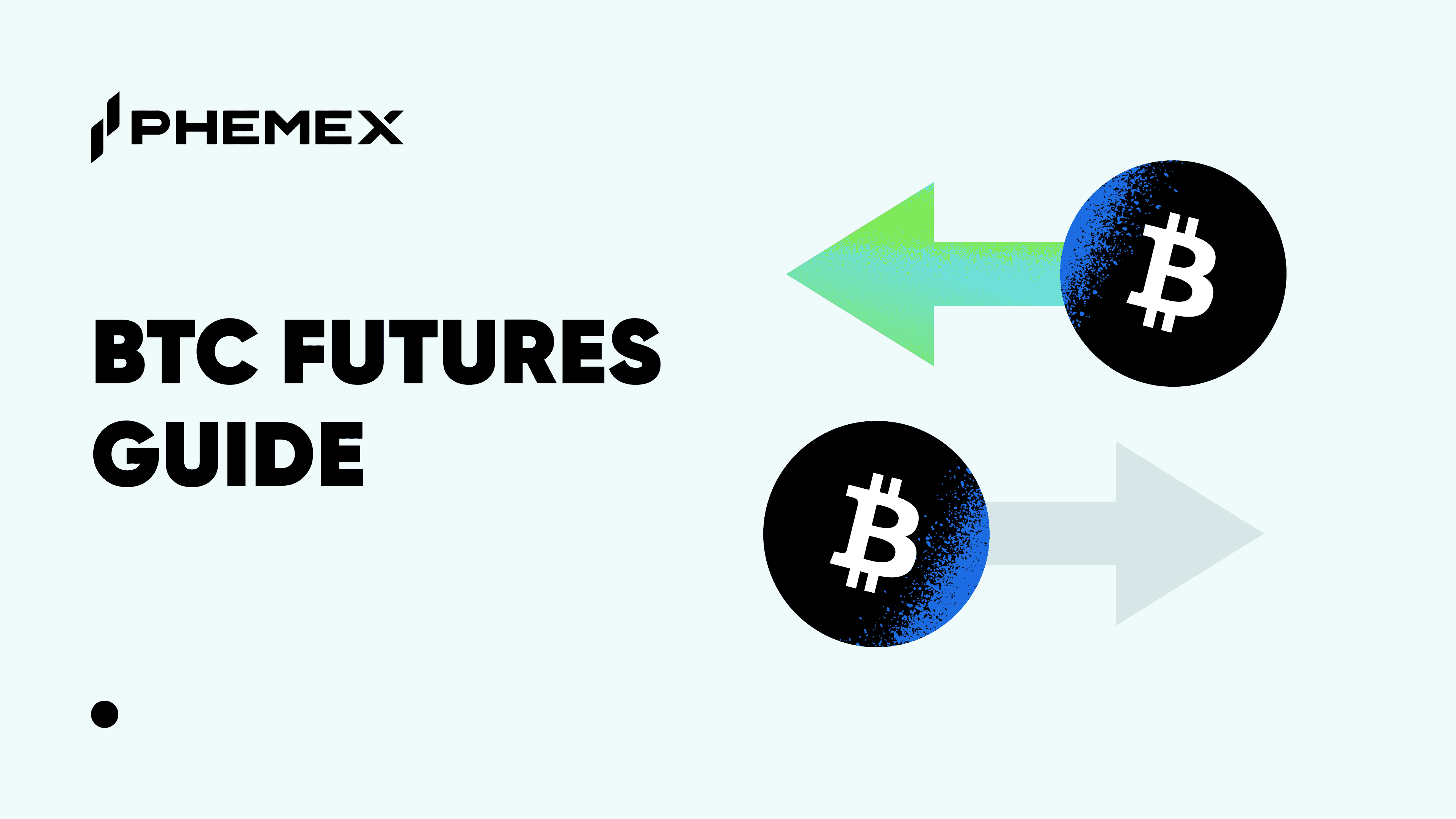When buying assets, an investor will calculate how much they need to spend, thereby calculating whether the investment is worth it and whether they’ll get a good return later. However, despite seeing the exact price on the screen, they might be surprised to find that they end up paying more money, or less, than anticipated. This may seem like a scam, but in fact it can be down to a natural phenomenon in volatile markets – market slippage.

What Is Slippage?
Slippage is the difference between the value of an asset at order placement and the value at order fulfilment. It can be found when buying or selling assets, and can result in either a loss or a gain. Despite most people feeling that these two costs should be the same, when dealing with assets with a strong demand, and excessive volatility and instability, slippage is unavoidable.
- Strong demand:If many people are buying an asset, then many orders have been executed during the time that you have placed your order. This means that by the time your order is executed, these other sales have driven the asset’s value up.
- Excessive volatility and instability:If an asset’s value fluctuates a lot, then it is understandable to see price movement in the time between the order being placed and it being executed. An investor should be particularly careful when an asset has strong volatility — if the order is large and so is the fluctuation, then a lot of money can be lost.
An example of slippage
Jeremy buys 10 LISK (LSK) for $4.00 a token, expecting to pay a total of $40.00. However, between the time that the order is placed and the order is executed, the cost has increased by $0.30 a token. This means that Jeremy will now pay $43.00 for the same 10 LSK tokens.
Jeremy should count himself lucky, however, as when price volatility is at its highest, there can be a fluctuation from token to token. For example, the first 3 LSK tokens may cost $4.05, the next 4 LSK tokens may cost $4.32, and the remaining 3 LSK tokens may cost $4.50. In the case of 10 tokens this may not seem a big problem, but in the case of large orders, this level of volatility can mean a great loss of money.

A graphic representation of slippage. (Source: investluck.com)
Negative Slippage and Positive Slippage
The good side of slippage is that there is also the possibility of gaining money. For example, this would be seen if Jeremy placed his order for 10 LSK at $4.00 a token, only to find that the price of LSK had decreased by $0.30. This would mean that Jeremy only paid $3.70 a token instead of the expected $4.00 per token.
The technical terms are defined as follows:
- Negative slippage:When the asset’s value is greater than expected.
- Positive slippage: When the asset’s value is lower than expected.
How to Manage Slippage?
Unfortunately, slippage is not something that can be controlled; however, it can be managed. This can be done in a variety of ways:
- Limit orders: The best way to avoid slippage is by using a limit order. This is a type of order that you can place when selling or buying assets. When using a limit order, an investor will select a limit cost that will trigger the sale. That sale will then only go ahead if the asset’s value reaches the pre-set price or better. However, limit orders come with their own set of risks, including the possibility that the sale never goes ahead due to the price not being hit.
- Slippage tolerance: First, we must answer the question, what is slippage tolerance? It is a way to set the amount of slippage, either positive or negative, that the trader is willing to accept. If they set a percentage and the slippage exceeds that, then the trade will not go ahead. This is therefore a way to protect the user from losing too much money on a trade. If the market is too volatile and the sale keeps getting cancelled as it surpasses the pre-set slippage tolerance, an investor can simply increase the tolerance until it goes through.
- Using strategies: Another way to manage slippage is by using strategies. This could mean dividing an order into multiple smaller orders or going in with one large order and trading it all at once. Depending on the assets being traded, the volatility of the market, and the gas fees, a trader will choose different approaches to ensure maximum profit and minimum loss.
How Do Exchanges Help with Slippage?
An exchange, whether centralized or decentralized, cannot control slippage. However, there are certain settings and functions put in place to help investors control the amount of slippage they will endure. An example of these settings can be found in the decentralized exchange (DEX) known as UniSwap.
When a user goes to make a trade on an exchange, they will first look at the price and the amount of coins or tokens they will receive. Once this has been established, the user will go to the swap page to make their trade. Here, they can look and amend the following points to help them control their expenditure and final income:
- Setting slippage tolerance: As discussed above, setting the slippage tolerance can protect the trader from losing more money than they were prepared to accept. To give an idea of how much slippage is usually accepted, UniSwap’s default slippage tolerance is set at 0.5%, though this can be adjusted as necessary.
- Price Impact: This function analyzes current trades between trading pairs to give the trader an idea of how much slippage there currently is. This helps the trader decide whether to go ahead at all, as well as how much to set the slippage tolerance to if they do go ahead.
- Minimum received: This function tells the trader what the absolute minimum is that they will receive with their trade. If the slippage slips further than anticipated and the minimum received is forced to decrease, then the trade will be cancelled. By displaying this figure automatically, the trader can save time on calculations and thus get their trade in before any further decrease in value.

UniSwap’s swapping page with slippage tolerance settings. (Source: medium.com)
Exchanges are very practical when monitoring slippage as not only do they help with such actions as setting the slippage tolerance, but they also give all the information a trader will need before making a decision.
What to Consider When Making Large Transactions?
Slippage can have a particularly damaging effect when swapping a large amount of assets. As mentioned above, the slippage can vary between the coins, even if it is within one trade. Thus, the slippage for the first couple of coins can be very different to the slippage on the last coins. With this in mind, there are two main factors that traders with large volumes to swap should consider:
- Gas fees for each transaction: Someone trading large volumes may think to avoid the chances of encountering large slippage by doing multiple small trades. However, depending on the gas fees, they may lose more money by having to pay multiple gas fees for multiple transactions than they would have done on the slippage. This can be checked in advance by looking at the gas fees and the price impact listed on an exchange.
- Trade impact on price: When dealing in assets with a low market cap or low liquidity, a large trade can mean a big impact on the value of the asset. Thus, by carrying out one large trade followed by smaller trades, or by carrying out multiple small trades, the user is effectively increasing the price for themselves. To avoid this, the trader may consider doing a single large trade despite the slippage.

An example of slippage in a Bitcoin/US Dollar trade. (Source: investluck.com)
What Is Frontrunning and What Are the Risks?
When setting a slippage tolerance on an exchange, it is important to try and hit the sweet spot: not too low, because there is too much of a chance that the trade will not go through due to higher slippage, and not too high, because of the risk of frontrunning. But what is frontrunning?
Frontrunning can happen if a trader sets their slippage tolerance too high. An individual or bot, depending on the platform, could come across your trade settings and force the transaction to go through at the maximum slippage possible. This would mean that despite the slippage not being as high as the tolerance set, the trade would still go through at that price, resulting in an unnecessary loss.

How to Avoid Frontrunning with Slippage Tolerance?
The best way to avoid frontrunning is to set the slippage tolerance relatively low and increase as needed. Estimations vary, but slippage between 0.05% to 0.10% is very frequent, while a slippage of 0.5% to 1% can happen in turbulent markets or with turbulent assets, such as crypto.
To make sure you set your price tolerance right, it is worth checking the price impact stated on an exchange. If we refer to the image above of UniSwap’s trade as an example, it can be seen that the price impact is at <0.01% and the slippage tolerance is set to 1%. It can be taken from this that in order to make a trade go ahead, the trader should set the tolerance higher than the price impact, but not too high as to risk frontrunning.
Conclusion
Slippage is a natural part of trading that cannot be controlled. However, by using the tools at your disposal and understanding the market and strategies, loss through slippage can be managed. Moreover, it is not a simple evil, as on occasion you may find that slippage has not worked against you, but for you. Slippage is an element that dealt with correctly is not too problematic. However, if you are new to the trading game, it is certainly something to be aware of and be prepared for.
Read More
- Spread Trading: What does a spread mean in crypto trading?
- How to Measure Liquidity and Use It to Make Trading Decisions?
- Avoiding Common Trading Mistakes
- Crypto Trading vs. Investing: Key Differences Explained
- What is Front Running and How Crypto Orders are Ripe for the Picking
- Scalping Bitcoin: All you need to know about Scalp trading
- How To Trade Crypto: The Ultimate Investing Guide
- What is Cryptocurrency Arbitrage?









